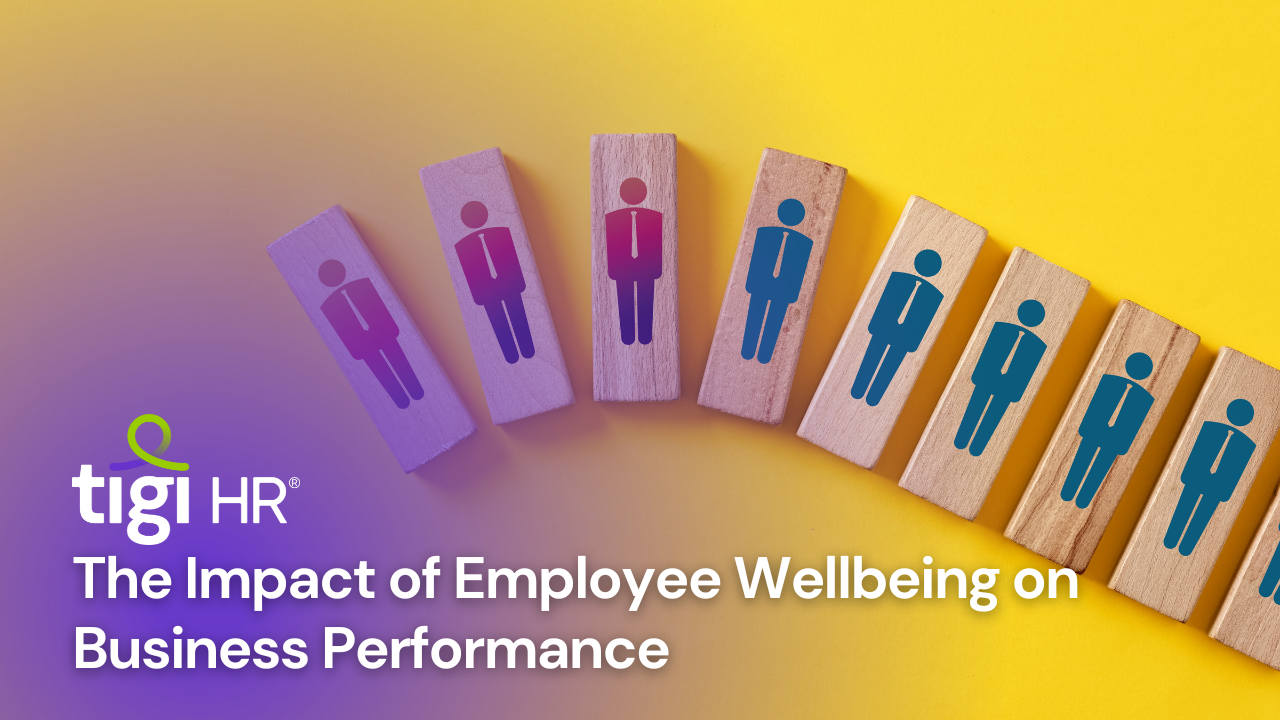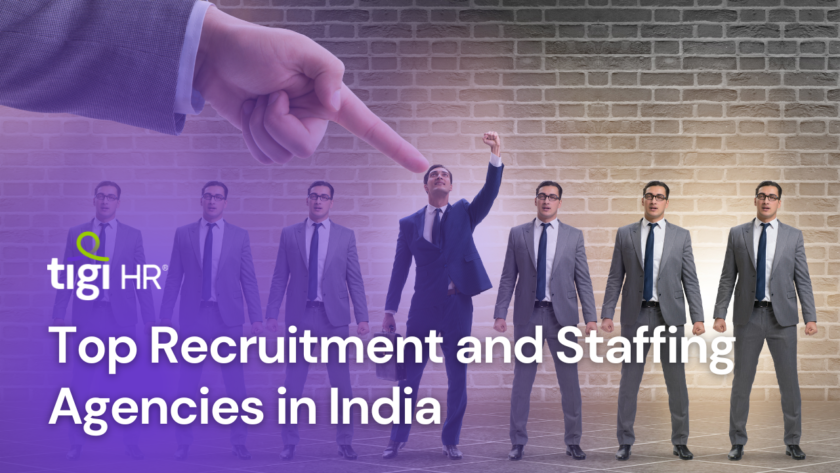In the intricate dance of corporate dynamics, the harmony between employee wellbeing and business performance takes center stage as a defining factor for sustained success. This article illuminates the intricate threads woven between the two, exploring how a flourishing workforce becomes the heartbeat of a thriving organization.
- Catalyzing Engagement:
At the nucleus of optimal business performance lies an engaged workforce. Employee wellbeing acts as a potent catalyst, propelling individuals to invest their energy and passion into their roles. When physical and mental health are prioritized, employees become active contributors, fostering an environment where commitment and enthusiasm flourish.
- Elevating Organizational Culture:
The commitment to employee wellbeing is synonymous with nurturing a positive organizational culture. As companies embrace initiatives that prioritize work-life balance, mental health support, and a sense of belonging, a culture of trust and collaboration blossoms. This culture becomes a cornerstone for attracting and retaining top talent, further fortifying the organization’s capacity for success.
- Measuring Success Holistically:
Beyond profit margins and market share, success in the contemporary business landscape is increasingly measured holistically. Employee wellbeing emerges as a crucial metric in this paradigm, offering a nuanced perspective on organizational health. Companies that recognize the interconnectedness of financial success and the well-being of their workforce demonstrate a commitment to sustainable, long-term prosperity.
- Resilience in the Face of Challenges:
Business landscapes are rife with uncertainties, and the resilience of an organization depends on the collective resilience of its employees. Prioritizing wellbeing equips individuals with coping mechanisms and emotional intelligence, enabling them to navigate challenges with poise. This resilience becomes a formidable asset, positioning the organization to weather storms and emerge stronger.
- Tailored Wellbeing Initiatives:
Acknowledging that employee wellbeing is not a one-size-fits-all concept, successful organizations tailor initiatives to meet the diverse needs of their workforce. Flexible work arrangements, mental health resources, and personalized development opportunities are integral components of a holistic approach. This customization fosters a sense of care and individual value, nurturing a workforce that feels seen and supported.
- Embracing a Proactive Approach:
In the fast-paced business landscape, a reactive approach to employee wellbeing is no longer sufficient. Successful organizations proactively invest in preventative measures, creating a culture that values health promotion and stress prevention. By doing so, they not only mitigate potential issues but also foster a culture of continual improvement and growth.
Conclusion:
The symbiotic relationship between employee wellbeing and business success is a narrative that unfolds across progressive organizations. As businesses evolve, those attuned to the profound impact of employee wellbeing find themselves not just leading in profit margins but in cultivating a workplace where individuals and the organization flourish together. In this paradigm, the journey towards success becomes a shared expedition, with each employee’s wellbeing contributing to the symphony of achievement.
Improving Employee Retention Through Career Development
Unlocking organizational potential, career development initiatives are strategic cornerstones fostering skill enrichment, continuous learning, and employee commitment. This dynamic process not only equips teams with essential skills but also acts as a retention powerhouse, reducing turnover costs. Embrace career mapping strategies to navigate professional journeys strategically. In this symbiotic dance, loyalty becomes intrinsic, shaping workplaces into hubs of innovation and sustained success.
Find trusted recruitment agencies : Click here





